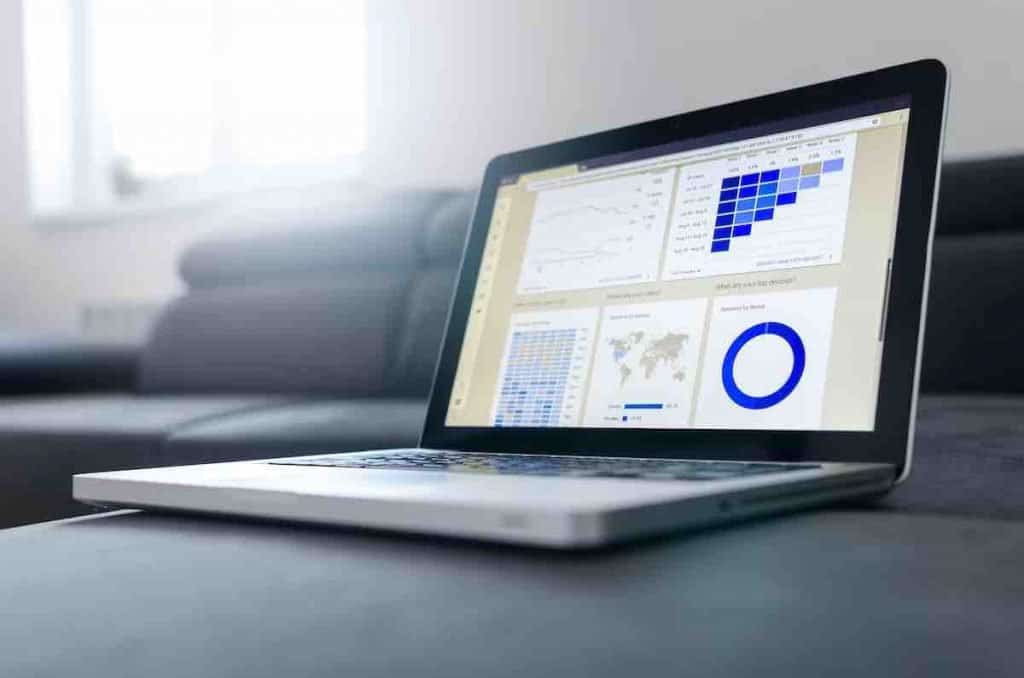Even since the dawn of the Internet, for a long time accessing information about healthcare meant sifting through random websites, trying to discern what is reliable and what isn’t. Wouldn’t it be great if you could have the information you want at your fingertips and have it all be easy to navigate?
Well, healthcare app design is becoming more sophisticated, and companies are catching onto the fact that mobile devices require a distinctly different UI than desktops. In this article, we will take a look at some examples of how this is happening.

Market is exploding
It’s worth taking a look at the digital healthcare app market as a whole to get a better sense of the need for improved design. Last year, there were already over 52,000 healthcare apps available on the Google Play Store alone.
The benefits of having digital apps available are many: people can now access their personal profiles, as well as general information about their conditions. Furthermore, they can communicate with health professionals when necessary through the app, which is infinitely more convenient than sitting around waiting for phone calls or worse yet, personal visits. Apps can be used in the convenience of one’s home, and information is available 24 hours a day.
What is new?
As mentioned above, apps are becoming easier, more accessible, and more collaborative. But how does this relate to design in particular? Let’s take a look.
From general to specific
So, what exactly is being updated on these apps? Quite a few things, actually. Many apps are now available that provide patients with an expandable overview of their health conditions. From the general condition, a patient can go to specific symptoms or problems that they are experiencing, and then click on each one to see a more complete description and suggested treatment options. While this general idea is not new, the level of personalization and interactiveness has become much improved.
For example, a patient can click on a symptom and see the problem area expand into a diagram of the human body and how the problem area becomes affected and, in turn, affects other parts of the body. Images are 3D and rotatable, so patients can gain a much more thorough understanding of exactly where their problems lie and how potential treatments work. They can zoom in and out and rotate the image to whatever degree necessary to better understand a given issue.
Histories, charts, and images
Another improvement is that whole patient histories are now available on some apps. Patients can expand a section to see, for example, when and how much of a given prescription they have taken over time. Patients can also expand this section to see any notes that might have been made regarding reactions to medicines.
In addition, patient portfolios can include any number of images that might have been taken, including MRIs, X-rays, etc. And these too can be zoomed in on to provide a clearer picture of a given problem. Indeed, the design app in healthcare industry is growing at a never before seen rate.
Healthcare information
Not only are individual healthcare apps being improved upon, but healthcare information apps are also gaining speed. If you want to look at the history, spread or prevention, or any other aspect of certain kinds of diseases, there are now apps available that will display this information for you in a clear and easily trackable way.
If, for example, you will be traveling in certain areas and want to know exactly where certain infectious diseases are prevalent, you can now track them by specific region and detect numbers in advance. There are numerous other examples of ways that information can be sought and analyzed through modern apps.
Spread and refinement will grow
These are only a few examples of how app designs are becoming more and more sophisticated and widely accessible to greater percentages of the population. Soon, even once-inaccessible places will be able to find and utilize critical information that can seriously improve their livelihoods. Apps will even become interactive to the extent that users can shape the UI itself with feedback about user friendliness. And this will really be a game changer for the industry.
